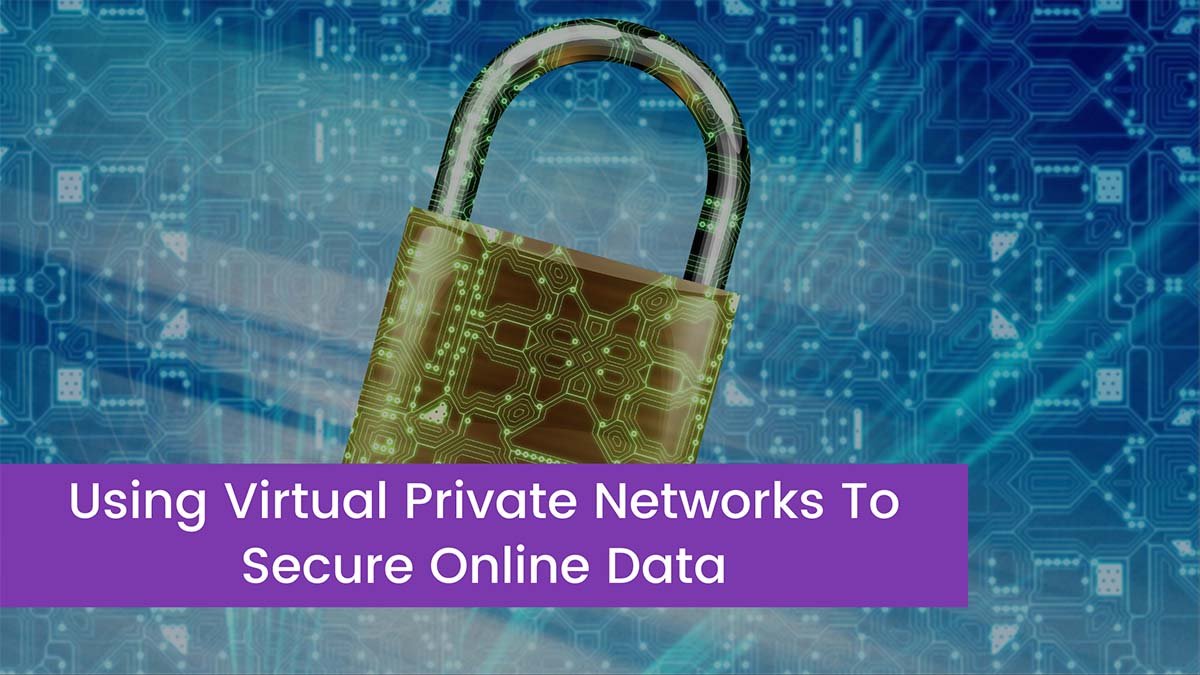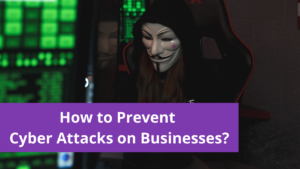In the dynamic and mesmerizing world of the internet, you need to be extra careful with your data. Sending and receiving data could be truly risky with the growing online threats and cyber-attacks. However, technology brings you a powerful functionality that hides your message in an unreadable format and restores it to its original form only when it reaches the intended recipient.
Yes, we are talking about the robust technological feature – of encryption. This blog post takes you through the core aspects of encryption, encryption algorithms, encryption keys, and more.
Familiarize yourself with the basics to recognize the potential that this functionality holds in safeguarding your data.
What is Encryption?
Encryption essentially refers to the process of presenting a text, message, or email in a scrambled, unreadable format, making it possible only for the recipient to decode it. The plain text is converted to a scrambled form known as ciphertext.
The idea of encryption is not constrained to text; it can be used with all types of data and files. It offers enhanced security by keeping the data encoded. Vast amounts of information containing personal or other confidential data of users are transmitted online or stored on the cloud servers. In addition, businesses use their internal computer networks to store employee data.
In all these scenarios, it is highly recommended to use encryption to enhance data security and privacy.
What is an Encryption Algorithm?
Encryption algorithms are a set of rules used to scramble the data and unscramble them later once it reaches the intended recipient.
An example of an encryption algorithm is substituting a with b, b with c, and so on in a message. The sender would send a message like ‘Received the documents’ as sfdfjwfe uif epdvnfout. Once the recipient gets the message, it will be unscrambled back and restored to its original form.
Even if a hacker tries accessing your data, it would not be easy to crack the code as it will only display in the random scrambled format. That said, these types of algorithms are relatively simple and easier for expert snoopers to break. However, modern encryption algorithms offer schemes to use complex rules by adding an additional parameter – the encryption key.
What is Encryption Key?
An encryption key is essentially a string of characters used by encryption algorithms to scramble the data or message being sent and unscramble it later.
When the sender transmits the message and the recipient receives it, they unlock it using the secret encryption key – a collection of encryption algorithms to scramble and unscramble data.
While earlier encryption algorithms were based on simple transformation rules, which made hackers’ jobs easier, modern algorithms with encryption keys offer a higher level of data security by embedding complex rules.
For instance, instead of decoding simply by pushing a character forward, these rules use techniques like moving the first character by 3, second by 10, third by 27, and so on. In other words, encryption keys provide the functionality of using extremely complex techniques for encoding the message which cannot be easily decrypted.
This way, encryption keys foster enhanced data privacy and confidentiality, thereby making it highly improbable for hackers to access the message.
For encryption to work effectively, only the sender and the intended recipient must send and decrypt the information. How does this happen? Well, there are broadly two approaches that enable this option.
What are the types of encryption systems?
There are primarily two main encryption systems – symmetric and asymmetric. Symmetric systems are simple, straightforward modes of encryption wherein there is a single password for all users to encrypt and decrypt the data. Examples of cases that use this method include Wi-fi, SSL, Virtual Private Networks (VPN), and more.
Asymmetric systems are those where there are two passwords – a public key known to everyone to encrypt the data and a private key securely held and not shared to decrypt. Though asymmetric systems are relatively costlier to maintain, they offer their own benefits. As they use a secure, separate decryption key, it is ensured that only the intended recipient decrypts the message.
How does Encryption keep me secure?
Most authentic websites use an encryption protection model known as Secure Socket Layer (SSL). This encrypts the data when it moves to or from a website and prevents hackers from accessing it while it is in transit.
If you have your own website, make sure you install an SSL certificate to protect your visitors. And, if you access the internet to perform tasks such as filing your taxes, checking your bank statements, and so on, it is advisable to go to websites that use SSL. In addition, several hosting companies offer certificates for free.
Not all websites use encryption. In such cases, sign up with Virtual Private Networks, and it will support you with its own encryption, ensuring your data is protected. Please note that not all Virtual Private Networks offer the same degree of protection. So choose a modern protocol that provides high-strength encryption and keeps your data safe.
Closing thoughts
With a plethora of websites and the growing threat of hackers, it is highly recommended to opt for strong encryption protocols. Make sure you visit legitimate websites and use a Virtual Private Network otherwise. Go for the best encryption standards and keep your data safe and secure.




